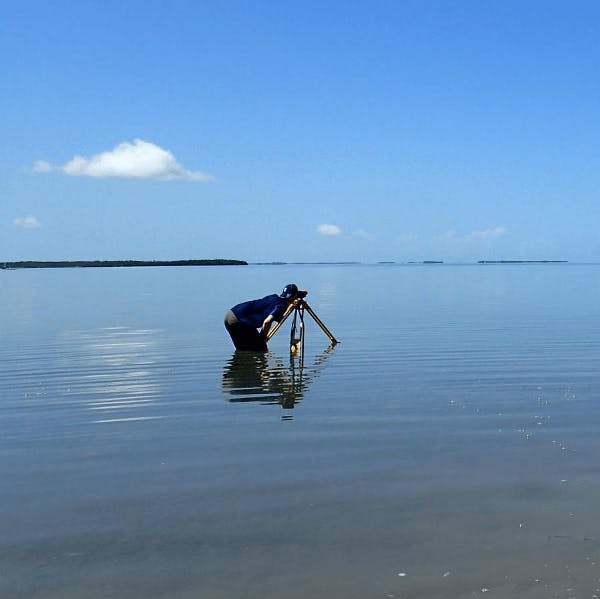
I am an Associate Professor in the Department of Earth and Climate Sciences at Tufts University. My research produces relative sea-level (RSL) reconstructions from coastal sediment on a variety of spatial (local to global) and temporal (minutes to millennia) scales.
There are two key motivations for undertaking this work:
- Process. The spatio-temporal pattern of RSL changes inherently reflects the physical processes that caused them. Therefore, recognizing the tell-tale fingerprints of particular processes (or indeed their absence) in RSL reconstructions provides a means to better understand how Earth works. It is for this reason that disciplines within the Earth Sciences (e.g., geophysics, geomorphology) recognize and rely on RSL as a fundamental parameter. I formulate research questions to understand the role of specific physical processes as drivers of RSL change and answer those questions by producing original RSL reconstructions from times and places chosen to isolate the process(es) under investigation.
- Prediction. Anticipating how and why RSL will change in the future is a critical area of socially-relevant scientific research. I seek to improve the accuracy of sea-level rise projections by leveraging our knowledge of how and why RSL varied in the past.
I primarily develop RSL reconstructions spanning the past 5000 years because
- Polar to tropical regions preserve records of RSL change, offering near-global spatial coverage;
- Undisturbed geological archives (e.g., salt-marshes) provide near-continuous temporal coverage;
- Chronologies can be developed with a high degree of temporal precision (years to decades in some cases);
- Some long-term physical processes are considered negligible (e.g., dynamic topography) or linear (e.g., glacio-isostatic adjustment) through time to help in signal decomposition;
- Proxy reconstructions overlap, and can be combined with, tide-gauge and satellite measurements;
- Complementary reconstructions of climate variables (e.g., temperature) allow direct comparison among proxies to gain insight into drivers, synchronicity, and feedbacks in coupled systems.